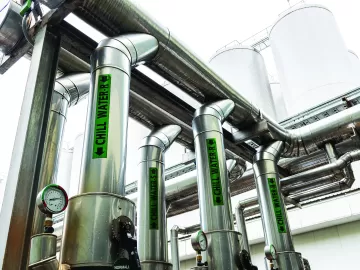SHOW REPORT: The Inaugural BEST PRACTICES EXPO & Conference
Held September 16-19, 2018 in Chicago, the first-ever event drew 750 attendees who came together to learn and share ideas about the countless ways to achieve efficiencies with compressed air, blower, vacuum and cooling systems – and in the process – save energy and improve profitability.




